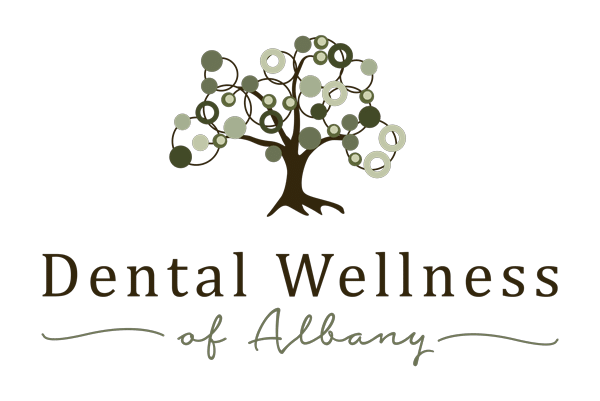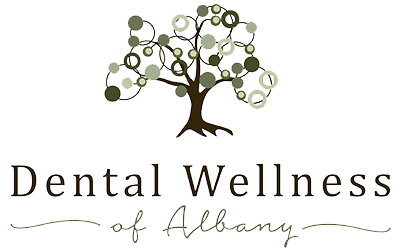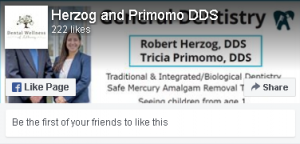What is Ozone Therapy in Dentistry and How does it Work?
When they hear the word “ozone,” most people do not immediately think of dentistry. Ozone is the layer of atmosphere that protects earth from the sun, but it also plays a role in dentistry.
Ozone is a colorless gas that has strong antibacterial and wound healing properties. Specifically, ozone is a molecule that consists of three oxygen atoms bonded together to create a negatively charged particle, so it is attracted to particles with a positive charge. In nature, the negatively charged ozone molecule bonds with positively charged atmospheric pollutants. Bacteria, viruses and fungi often have a positive charge, so they are attracted to ozone molecules – this action makes ozone a powerful antibacterial, antiviral, and antifungal treatment. Beneficial molecules typically carry a negative charge, so ozone does not disturb them.
Dentists have been using ozone since the 1930s to treat a variety of dental issues. The antibacterial properties of ozone can prevent small cavities from developing in the pits and fissures along the biting surfaces of the back teeth. Ozone can help disinfect areas of decay under tooth restorations, and help disinfect areas of chronic gum disease.
The colorless gas is helpful during a root canal, which is a dental procedure performed to treat a serious tooth infection. A root canal removes infected tissue from the root of the tooth. The procedure can save a badly infected tooth, and using ozone can improve the outcome of a root canal. During a root canal, the dentist removes the infected tissue from the canal of the tooth then puts a realistic-looking crown on the treated tooth. Ozone helps disinfect the canal of the tooth and the tissues surrounding the tip of the tooth root to prevent the infection from spreading.
Placed under sealants on children’s teeth, ozone can prevent the entrapment of bacteria deep in the grooves of teeth. Ozone therapy can even decrease tooth sensitivity by hardening the tooth structure.
For more information on ozone dentistry, contact Herzog and Primomo DDS.






Leave a Reply
Want to join the discussion?Feel free to contribute!